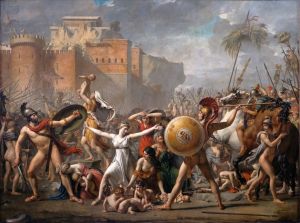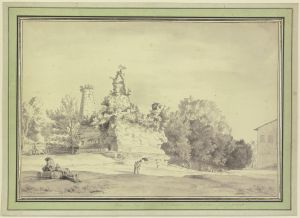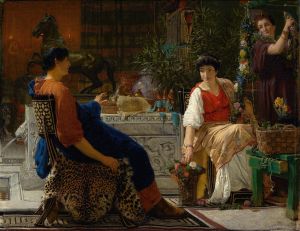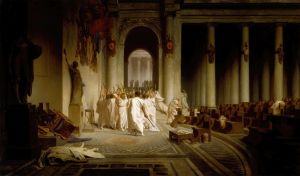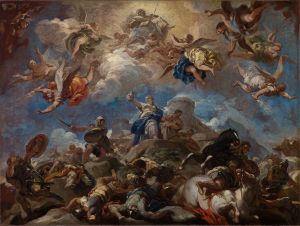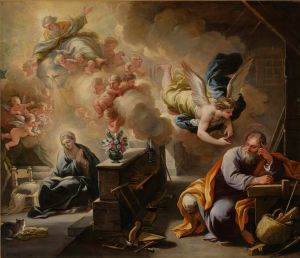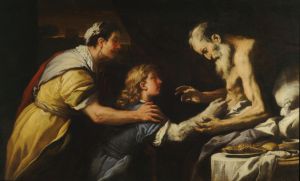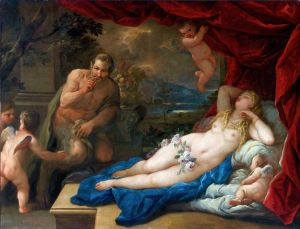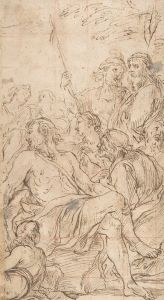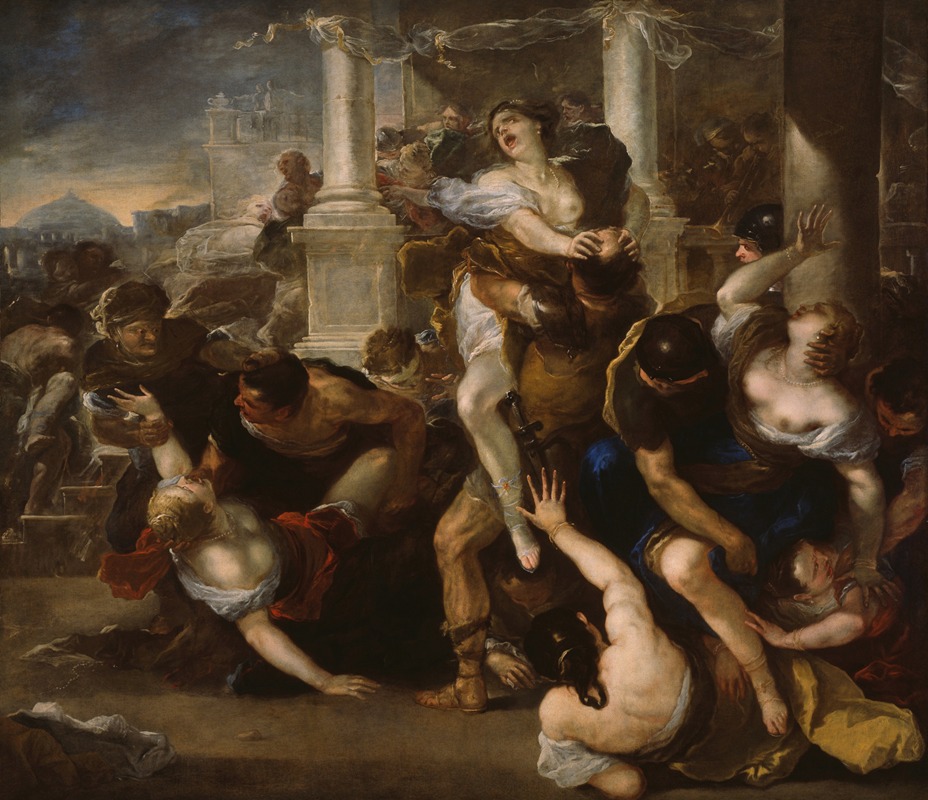
The Abduction of the Sabine Women
A hand-painted replica of Luca Giordano’s masterpiece The Abduction of the Sabine Women, meticulously crafted by professional artists to capture the true essence of the original. Each piece is created with museum-quality canvas and rare mineral pigments, carefully painted by experienced artists with delicate brushstrokes and rich, layered colors to perfectly recreate the texture of the original artwork. Unlike machine-printed reproductions, this hand-painted version brings the painting to life, infused with the artist’s emotions and skill in every stroke. Whether for personal collection or home decoration, it instantly elevates the artistic atmosphere of any space.
Luca Giordano's "The Abduction of the Sabine Women" is a notable painting that captures a significant event from Roman mythology and history. Giordano, an Italian Baroque painter known for his dynamic compositions and vibrant use of color, created this work to depict the legendary episode of the abduction of the Sabine women, an event that is said to have occurred in the early days of Rome.
The story of the abduction is rooted in the early history of Rome, as recounted by ancient historians such as Livy and Plutarch. According to the legend, the founder of Rome, Romulus, faced a dilemma: his newly established city was populated primarily by men, and there was a dire need for women to ensure the future growth and sustainability of the Roman population. To solve this problem, Romulus devised a plan to abduct women from the neighboring Sabine tribe.
Romulus invited the Sabines to a festival in honor of Neptune, during which the Romans, at a prearranged signal, seized the Sabine women and took them as their wives. This act of abduction led to a conflict between the Romans and the Sabines, which was eventually resolved when the abducted women intervened, pleading for peace between their new Roman husbands and their Sabine families. The resolution of this conflict is often seen as a foundational moment in the establishment of Rome as a powerful city-state.
Giordano's painting captures the dramatic moment of the abduction itself. The composition is characterized by its dynamic movement and emotional intensity, typical of the Baroque style. Giordano employs a rich palette and dramatic contrasts of light and shadow to enhance the sense of chaos and urgency in the scene. The figures are depicted in various poses of struggle and resistance, with the Sabine women portrayed in a state of distress as they are forcibly taken by the Roman men.
The painting is a testament to Giordano's skill in rendering complex narrative scenes with clarity and vigor. His ability to convey emotion and movement through his brushwork is evident in the way he captures the tension and drama of the moment. The work reflects the Baroque fascination with dramatic storytelling and the exploration of human emotions.
While the exact date of the painting's creation is not specified, Giordano's active period as an artist spanned the late 17th century, and he was known for his prolific output and versatility in various artistic genres. "The Abduction of the Sabine Women" remains an important example of his work and a significant representation of a key mythological event that has been depicted by various artists throughout history.
Overall, Luca Giordano's "The Abduction of the Sabine Women" is a compelling artistic interpretation of a legendary episode from Roman history, showcasing the artist's mastery of the Baroque style and his ability to convey narrative through dynamic composition and expressive figures.





